Bioactive Materials in Dentistry
As we all know, the traditional materials commonly used in dentistry are passive and inert, i.e. they exhibit little or no interaction with body tissues and fluids. In the past, materials were thought to be ideal and biocompatible based on their ability to sustain without interacting with the oral environment. However, the current trends are changing due to the advancements in material science. Many of the advanced materials are required to be functionally beneficial, playing an active part, thereby working with dental tissues to remineralize and heal them – Bioactive Materials in Dentistry.
Materials used in dentistry can be classified as bioinert (passive), bioactive, and bioresponsive or smart materials based on their interactions with the environment.
Bioactive Materials in Dentistry
As the name suggests, a bioactive substance is one that has an effect on a living organism, tissue or cell. The concept of bioactivity was first introduced in 1969 and later defined by Cao and Hench in 1996. In general, it refers to a specific property of a material that has an effect on or will elicit a response from a living tissue or cell, such as inducing the formation of hydroxyapatite. Perhaps the benefits of fluoride release from materials attracted the use of active materials rather than passive ones in dentistry. However, bioactivity is not just limited to fluoride release and the conversion of hydroxyapatite to its stronger form of fluorapatite anymore! The definition of bioactivity in dentistry is expanding by leaps and bounds due to the emergence of bioactive dental materials in the market.
Some of the Bioactive Materials in Dentistry available are calcium hydroxide, mineral trioxide aggregate (MTA), calcium enriched mixture (CEM), Biodentine, Doxadent, Ceramir, Bioaggregate, Activa BioACTIVE restorative material, MTYA1-Ca filler, tetracalcium phosphate (TTCP), Theracal, sol-gel-derived bioactive glass (BAG) ceramic containing silver ions (Ag-Bg), calcium phosphate, fluoro calcium phosphosilicate, novel endodontic cement (NEC), endo sequence root repair material.
The ideal properties of Bioactive Materials in Dentistry are: bactericidal or bacteriostatic, sterile, stimulate reparative dentine formation and maintain pulp vitality. The bioactive materials have been put to various uses in dentistry such as pulp capping material, permanent restorations, root canal therapy, dentinal tubule occlusion in dentinal hypersensitivity cases, to act as scaffold to help in the regeneration of bone tissue, for tooth repair & regeneration, periodontal regeneration, to promote tooth remineralization, bone grafts, implant coating etc.
Significance of Bioactive Materials in Dentistry
Bioactive Materials in Dentistry are currently a significant topic of interest in restorative dentistry for regeneration, repair and reconstruction. This is evidenced by the change in the compositions of restorative materials away from inert “fillers” and more toward being biologically adaptive materials. A bioactive dental restorative material is one that forms a layer of hydroxyapatite when immersed in a simulated body fluid or a solution containing inorganic phosphate. This is possible by induction of various growth factors to stimulate natural mineralization. Imagine being able to re-calcify a carious tooth?? Sounds amazing! Isn’t it?? It’s no longer an imagination! The advent of bioactive dental materials has made it a possible reality.
The luting and restorative materials that have been used in the past merely restore the form and function of the tooth, but are not influential on the activity of the oral environment. They do not provide a continuous seal, resulting in micro-leakage and marginal failure of crowns, inlays, and veneers. Furthermore, these materials typically function at a continuous and constant pH, which causes the materials to fail, creating crevices where plaque can build up and secondary caries even before the restoration fails. On the other hand, bioactive restorative materials, such as bioglass, glass-ceramic, calcium phosphate ceramic, composites, and coatings, are able to stimulate the biological tissue of the tooth and/or bond to living tissues. Therefore, the hope for bioactive materials is that they will prevent micro-leakage by forming apatite, which will provide a continuous seal to the margins between the restoration and tooth thereby extending the life of the restoration. Moreover, bioactive materials may also help to re-establish minerals lost to caries.
Apart from that, bioactive materials are considerably less harmful to local and generalized tissues. Additionally, these materials have been shown to considerably enhance the aesthetic outcome of restorative dental procedures. This evolution of materials and compositions that display greater interactions with tooth structure is the drive for the future, as seen by the following trend of bioactive material compositions from zinc phosphate to polycarboxylate to glass ionomer cements.
ACTIVA BioACTIVE-RESTORATIVE (Pulpdent): Bioactive Materials in Dentistry
is a composite resin that is more bioactive and releases more fluoride than glass ionomer cement, which is particularly useful for patients with high caries indices. There are a composite material, Beautiful II and Beautiful Flow Plus (Shofu Dental) with a Giomer glass filler. While Giomers do not release calcium and phosphate ions, they do release many other basic ions that can help buffer the effects of the acid environment in the oral cavity helping to inhibit plaque accumulation on restorations and at the margins. Examples of luting agents currently available in the market which have been shown to have bioactivity are ACTIVA BioACTIVE-CEMENT (Pulpdent), Ceramic Crown and Bridge (Doxa), and biochem Universal BioActive (NuSmile).
Experiences with calcium hydroxide as a lining material for restorations located close to the pulp has greatly influenced the initiative to develop bioactive lining materials rather than just biocompatible ones. Placement of a bioactive liner in deeply carious teeth can help remineralize and rebuild the remaining affected dentin after infected dentin removal, returning to healthy dentin. Examples of bioactive cavity liners available in market include ACTIVA BioACTIVE-BASE/LINER (Pulpdent) and TheraCal LC (BISCO Dental Products), and both have been shown to exhibit bioactive properties based on the mentioned definition of bioactivity. The calcium silicate chemistry of TheraCal LC enables this material to be used on pulp exposures. Biodentine (Septodont) is a tricalcium silicate material, which can be used as a bioactive build-up material where large areas of tooth structure are missing, and when a pulp exposure or root perforation may exist. While some of the more heroic cases may eventually still require endodontic therapy, there will be many cases that will respond favorably thus avoiding an additional procedure and preserving the vitality of the tooth.
Dentinal hypersensitivity is traditionally treated by occluding the dentinal tubules. The conventional toothpaste or professional prophylaxis materials use a soluble source of fluorides such as sodium fluoride and sodium monofluorophosphate which are washed away and lose their effect more quickly. Nowadays toothpaste incorporating bioactive glass has the additional benefit of remineralization, thereby significantly reducing dental decay apart from their ability to solve tooth sensitivity. They adhere to tooth structure through a special polymer, from where it slowly dissolves ions that form Fluorapatite, over an 8–12 hour period to make teeth more resistant to acids from food. One such example is the Elsenz toothpaste (Group Pharmaceuticals Limited) which releases the controlled level of fluoride for up to 12 hours.
The area of regenerative dentistry has been affected more by the use of bioactive materials than by biocompatible materials. Dentin extracellular matrix proteins contain growth factors to promote tooth healing and pulp regeneration via stimulation of pulp stem cells. Denton can stimulate reparative mineralization of the coronal pulp and occlusion of the lumen of the root canal. Biomaterials such as Emdogain contain porcine proteins that help in periodontal regeneration following gum disease or injury. N-Butyl-2-cyanoacrylate is widely used for filling and repair of bone defects. Implants coated with hydroxyapatite are available to promote osteogenesis and bone healing.
Conclusion: Bioactive Materials in Dentistry
The emergence of bioactive materials is a boon for dentistry and a promising alternative to their inert counterparts. Restorations and adjunctive materials will no longer just occupy the space between themselves and the surrounding tooth, but will help repair and sustain healthy tooth structure allowing our patients to have a better chance to enjoy a healthy dentition throughout their lifetime! However, there is scope of improvement and further development of bioactive materials used in dentistry. We are yet to reach a stage where materials can completely emulate biological systems.
References
- www.medicinenet.com
- Badami V, Ahuja B. Biosmart Materials: Breaking New Ground in Dentistry. The Scientific World Journal 2014; 2014.
- Asthana G, Bhargava S. Bioactive Materials: A Comprehensive Review. Sch J App Med Sci 2014; 2 (6E): 3231-3237.
- Bhushan M, Tyagi S, Nigam M, Choudhary A, Khurana N, Dwivedi V. Bioactive Materials: A Short Review. J Orofac Res 2015; 5(4):138-141.
- Abbasi Z, Bahrololoom ME, Shariat MH, Bagheri R. Bioactive Glasses in Dentistry: A Review. J Dent Biomater 2015; 2(1):1-9.
- Sonarkar S, Purba R. Bioactive materials in conservative dentistry. Int J Contemp Dent Med Rev 2015.
- www.dentalcetoday.com
Bonus: Download our monthly e-bulletin!Click here to get it
DISCLAIMER : “Views expressed above are the author’s own.”

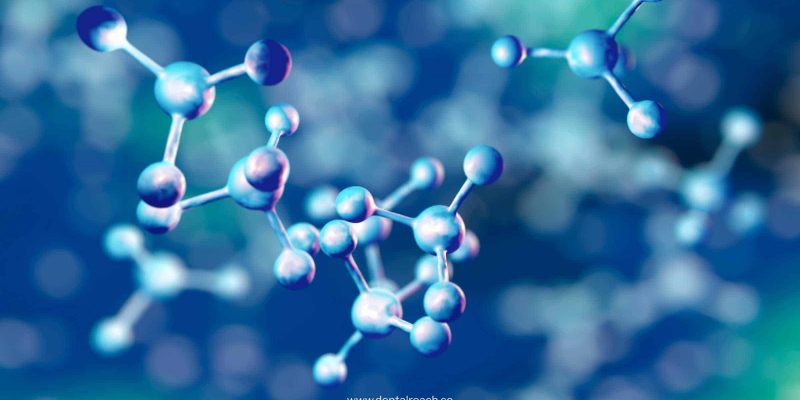



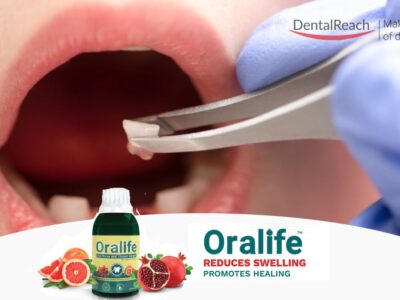
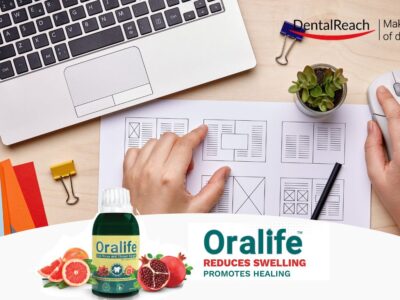
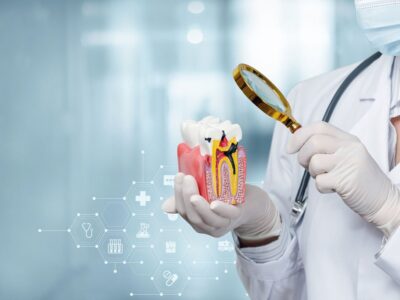

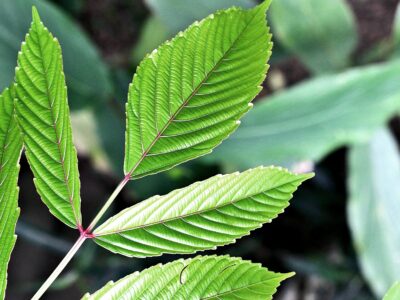










Restoration of teeth and bone is more available!